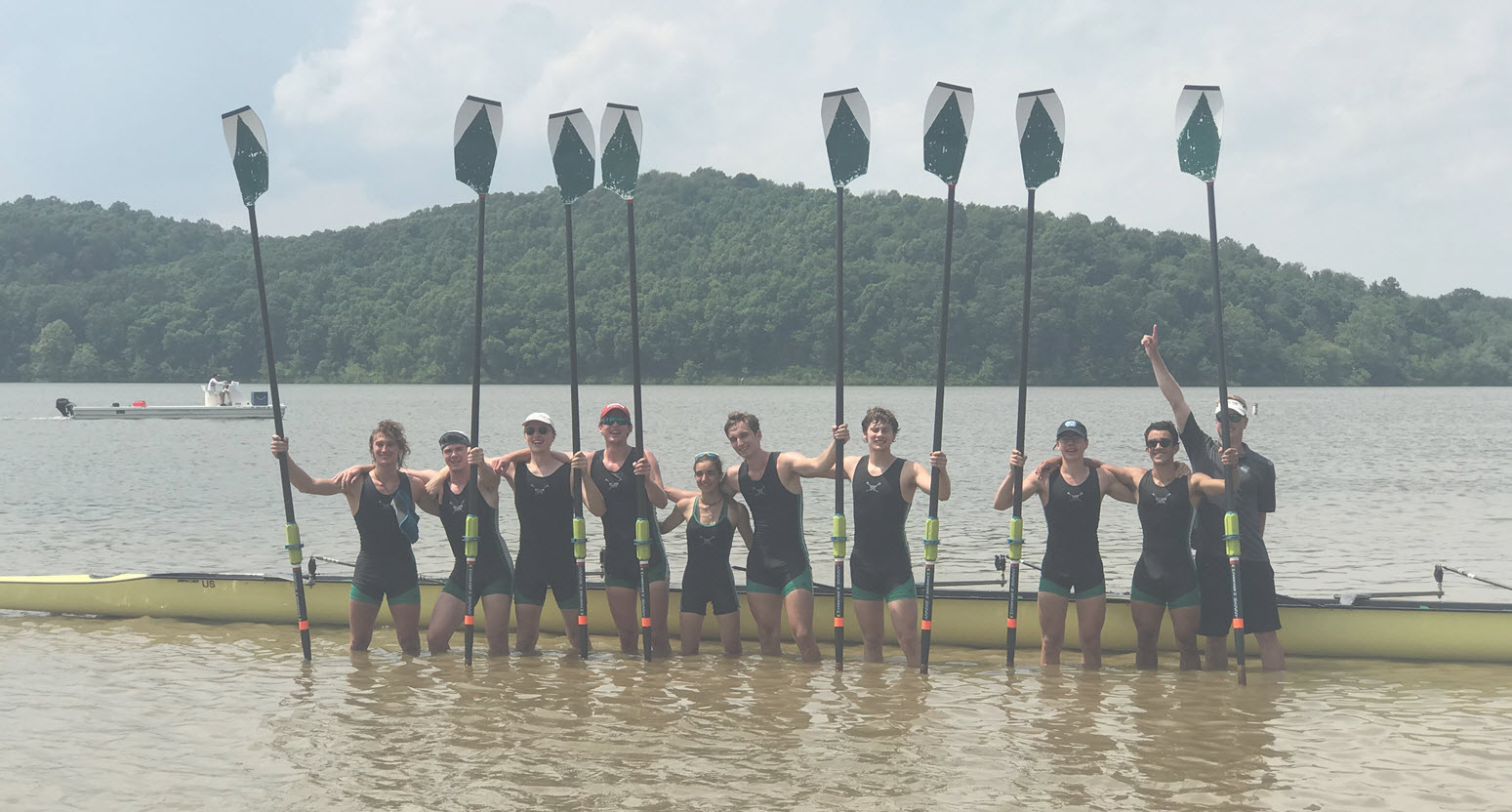This week ends the tenure of Callahan’s longest serving board member, Bob Minor. He has been part of multiple organizational transitions including three changes of CEO leadership since being asked to serve, as a personal favor to me in the early 1990’s. This was a time when Callahan & Associates transitioned to become a leader in credit union analysis, strategy and collaborative initiatives.
Bob is a long-term Washington hand, having attended almost every Presidential inauguration starting with FDR’s second in 1936, a practice that ended with the current White House occupant.
He graduated with BA and MA degrees from George Washington University followed by career stops with quintessential Washington organizations: the CIA, Clark Construction Company, the National Education Association and the State Department. What tied all of these positions together was his lifelong interest in helping people make good decisions about their employment/career ambitions. These were often at critical transition points in the life of the organization or of the employee.
An Organized Committee Member
I first saw Bob’s skills as a member of the Columbarium Committee of the Chevy Chase Presbyterian Church in Northwest DC. We were tasked with evaluating whether a columbarium addition on the church grounds made sense, and if so, to carry out the proposal.
No member of the five-person group had first-hand knowledge for this project. But as we visited other church’s examples, talked with contractors and evaluated different options, everyone learned together. Bob’s vital contribution was that he kept meticulous records and understood how to succeed in the internal decision making within the church. He then played essential roles in the fundraising, construction and dedication, a time span of almost two years.
Seeing firsthand his ability to work within a committee as part of a larger organization, I asked Bob if he would volunteer on a new Callahan “Advisory” Board of Directors. Advisory, because at the time Callahans was a sole proprietorship, and all decision making and authority was mine.
I believed that if Callahans were to grow beyond the vision of a single person or team, we needed a governance/advisory process that would fill the director’s role required by most organizations.
The Rest is History
Bob and fellow board members, Randy Karnes, Rosemary Hardiman and Mark Elliott guided the company through the inevitable transitions any successful organization must navigate.
The single proprietorship became a 25% ESOP in 2003, followed by a management led purchase in 2014, and a 100% ESOP conversion in 2018. All these changes were new for us and required careful consideration. Bob was vital counsel in ongoing personnel successions including three CEO transitions. While internally focused these transformations took place at a time of unceasing change in the credit union system, Callahans reported on with its data, market share analysis, and editorial commentary.
Essence of a Volunteer: The Elder’s Role
Bob’s volunteer role was always positive. He provided continuity with firsthand knowledge of the company’s history and previous decisions. Staff members sought his counsel about their careers within Callahans or beyond. He was trusted by all to be impartial. His patience for circumstance reflected his deep respect for individual choice. His counsel was based on his wide-ranging experiences of public, government and non-profit employment.
As a member of Northwest FCU since his time as a CIA employee, he understood the potential for credit unions’ contributions and Callahan’s important role in the industry.
Unique, But Not Original
Bob’s service to Callahans is just one aspect of his life. He served as an elder, deacon, choir member and on multiple committees in his over 50 years membership at Chevy Chase Presbyterian Church. Through his decade long association with the career management consulting firm, Drake, Beam, Morin Inc., he advised and coached literally hundreds of persons in their career decisions.
Bob’s vital role at Callahans is that he understands, values and enhances relationships. After the striving and recognition that is so strong a motivation for many, Bob practiced the value that matters most in the end: how we treat our fellow human beings. And that is the reality that ultimately makes all organizations a success—or not.
In credit union land, Bob’s role was not original. The fiduciary and volunteer role of credit union directors can be a critical factor in their success and sustainability. Bob’s spirit can be amplified by thousands of examples in credit unions throughout the country. His departure is a reminder of how cooperatives depend on this dedicated stewardship and oversight. So, don’t wait to recognize this dedication at a retirement event; instead reach out and give your board a hug today!



